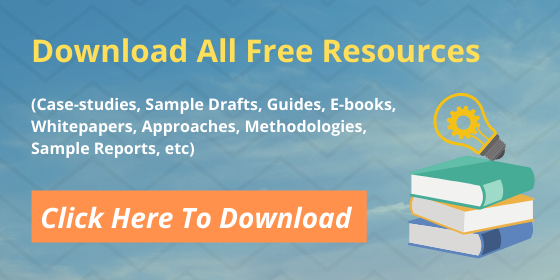[responsivevoice_button]
Patent Drafting is the art to represent invention on paper. Writing down the details of the invention is not what we mean. There are certain USPTO rules and obligations, which have to be followed to clearly depict the specifications as stated by the inventor, that best represents his/her invention. It is always advised to hire a professional patent drafter that maintains all the information, keeping in mind the major drafting precautions, such as using specific, clear, and precise language while explaining the data. Patent drafters often face challenges while avoiding the major patent drafting enemies. In this article, we will discuss the major patent drafting enemies and possible solution to prevent them.
Patent Drafting Enemies
Let’s understand the following patent drafting enemies:
- Using generalized way of expressions: The biggest enemy of a patent drafter that often gets the inventor in trouble, is the generalized way of expressing the invention. Using the most general terms for description of the invention, sometimes kills your chance of getting its grant. The applicant must maintain a fine line between presenting the specifications in general form and in specific form. If the applicant tries to be safe and use general terms, then there is a possibility that he might get caught for infringing someone else’s claims or clauses without even knowing it. Even if the applicant becomes too specific it will be easy for people to get around your patent.
Everything depends upon how the details are presented. Sometimes, drafters try to quote the relevant details by using more than one example to present the most optimum definition of the claims and specifications. Thus, it is perilous for the drafter to be as explicit and exact as possible.
- Assuming reader’s knowledge while drafting specifications: It’s a well-known fact that there is no one in the world that can understand the invention, better than the inventor. But, the applicant or the drafter who so ever is drafting the application, must not assume that the invention will be clear to the reader in the same manner, as well. It is true that anyone having the same reasonable skill as the inventor can understand the concept behind the invention, but to assume that the reader holds the same reasonable skill with same level of understanding, is not a good idea. Assumptions bring ambiguity to the specifications, which further leads to confusion and misunderstanding. Therefore, inventors need to be cautious about assuming any particular knowledge or understanding on the part of the reader.
Choice of words must be proper in order to bring the most precise meaning. This will lead to core explicit disclosure, which will necessarily lead to implicit and inherent disclosure.
- Trying too hard on words, rather than including drawings: A true saying ‘Picture says it all’, reflects a deep meaning towards how important can be picture be. The easiest and cheapest way to expand any disclosure is to include more number of relevant drawings, that could easily explain the description. The applicant or the drafter must not try hard to explain everything only through words. He/she can include drawings together with the textual explanation to explain the disclosure in a better way.
Also Read: Patent Drafting FAQs – Get Your Answers!
We, at Patent Drafting Catalyst, believes that drafting a patent application is not just about meeting the desired inventor’s and patent office requirements; it’s about perfecting your patent application from all perspectives, that could successfully achieve its grant. A number of patents, which were drafted by us, have been successfully enforced against infringers, motivating us to help creating a better business in IP, for you.
Come, Be a part of our family! To know more about us, visit our service page.

